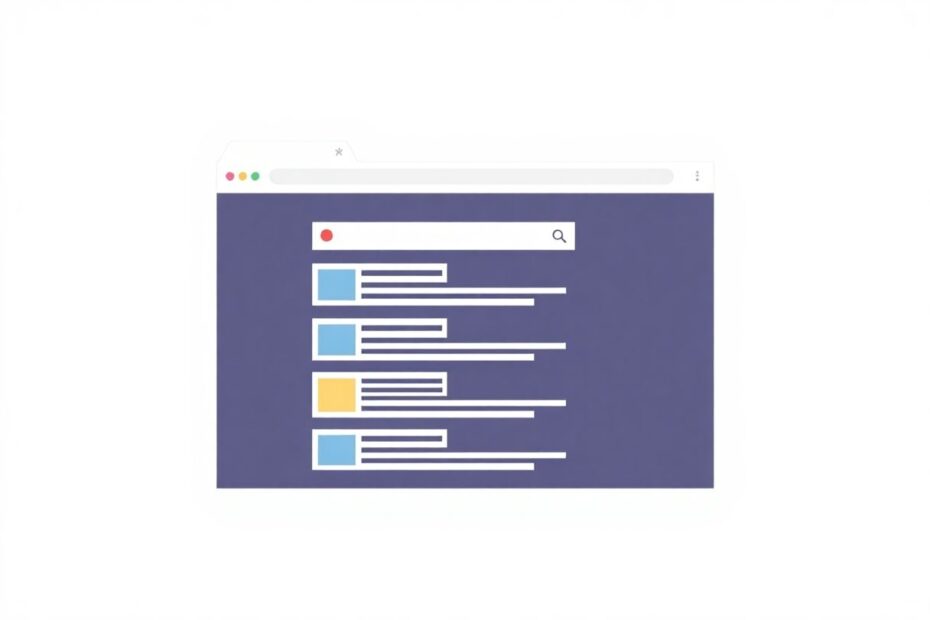In today's digital age, web browsers have become an essential part of our daily lives. Chrome, Google's popular browser, is known for its speed and user-friendly interface. However, as we surf the web, it's easy to accumulate a multitude of open tabs, which can clutter our browsing experience and potentially impact device performance. This comprehensive guide will explore four effective methods to close all tabs on Chrome, catering to both desktop and mobile users.
Understanding the Impact of Multiple Open Tabs
Before delving into the methods, it's crucial to understand why managing your tabs is important. According to a study by Carnegie Mellon University, the average user has 3.2 windows open at any given time, with an average of 7.9 tabs per window. This tab proliferation can have several consequences:
- Performance degradation: Each open tab consumes memory and processing power, potentially slowing down your device.
- Battery drain: On mobile devices, numerous open tabs can significantly reduce battery life.
- Cognitive overload: Research published in the Journal of Human-Computer Interaction suggests that excessive open tabs can lead to increased stress and reduced productivity.
- Security risks: Unattended open tabs may contain sensitive information, posing potential security threats.
With these factors in mind, let's explore the four methods to efficiently close all tabs on Chrome.
Method 1: Using Chrome's Built-in Options
On Desktop:
Chrome offers a straightforward way to close all tabs on desktop platforms. Follow these steps:
- Click on the three-dot menu in the top-right corner of the Chrome window.
- Navigate to "More tools."
- Select "Close all tabs."
Alternatively, you can use keyboard shortcuts:
- Windows/Linux: Press Ctrl + Shift + W
- macOS: Press Command + Shift + W
These shortcuts will close all tabs in the current window. If you have multiple Chrome windows open, you'll need to repeat the process for each window.
On Mobile (Android and iOS):
The process is slightly different but equally simple on mobile devices:
- Tap the tab switcher icon (a square with a number indicating open tabs).
- On Android, tap the three-dot menu and select "Close all tabs."
- On iOS, tap "Close All" at the bottom of the screen.
Chrome engineer Peter Kasting explains that this feature was implemented to help users manage their browsing sessions more efficiently, especially on mobile devices where screen real estate is limited.
Method 2: Utilizing Incognito Mode
Incognito mode, also known as private browsing, offers a convenient way to manage tabs, particularly for temporary browsing sessions. When you close an Incognito window, all tabs within it are automatically closed. This method is especially useful for mobile users who want to keep their regular browsing separate from temporary searches.
To use Incognito mode:
- Open Chrome and tap the three-dot menu.
- Select "New Incognito tab."
- Conduct your browsing session.
- When finished, close the Incognito window to automatically close all tabs.
It's important to note that while Incognito mode doesn't save browsing history or cookies, it doesn't provide complete anonymity. Your internet service provider can still see your browsing activity.
Method 3: Leveraging Chrome Extensions (Desktop)
For desktop users who frequently sync their browsing data with mobile devices, Chrome extensions offer powerful tab management features. Here are some popular options:
OneTab: This extension converts all your tabs into a list, which you can easily restore later. According to the developers, it can save up to 95% of memory.
The Great Suspender: Automatically suspends unused tabs to free up system resources. A study by the extension's creators showed that it could reduce Chrome's memory usage by up to 50%.
Tab Wrangler: Automatically closes inactive tabs after a set period, helping to maintain a clutter-free browsing environment.
To use an extension:
- Visit the Chrome Web Store.
- Search for the desired extension.
- Click "Add to Chrome" and follow the installation prompts.
- Configure the extension according to your preferences.
Remember to sync your Chrome data if you want these changes to reflect on your mobile devices.
Method 4: Using Developer Tools (for Advanced Users)
For tech-savvy users comfortable with Chrome's Developer Tools, there's a method to close all tabs using the console:
Open Chrome Developer Tools (F12 or Ctrl + Shift + I on Windows/Linux, Command + Option + I on macOS).
Navigate to the Console tab.
Enter the following JavaScript code:
window.close()Press Enter to execute the code.
This method will close the current window and all its tabs. However, it's important to note that this approach may not work in all scenarios due to browser security restrictions.
Best Practices for Tab Management
To prevent tab overload and maintain an efficient browsing experience, consider adopting these habits:
- Regular tab audits: Set aside time weekly to review and close unnecessary tabs.
- Use bookmarks: For pages you want to revisit later, use Chrome's bookmarking feature instead of keeping tabs open.
- Utilize tab groups: Chrome's tab groups feature allows you to organize related tabs, making management easier.
- Set personal limits: Decide on a maximum number of tabs you'll keep open at any given time.
The Future of Tab Management
As web browsing continues to evolve, so do tab management techniques. Google's Chrome team is constantly working on improvements. For instance, they're exploring AI-powered tab suggestions and more intuitive tab grouping features. These advancements aim to make tab management more intuitive and less of a cognitive burden for users.
Conclusion
Managing Chrome tabs effectively is crucial for maintaining a smooth browsing experience and optimizing device performance. Whether you prefer built-in options, Incognito mode, extensions, or advanced techniques, there's a method that suits your needs. By implementing these strategies and adopting good tab management habits, you can enjoy a more organized and efficient browsing experience on both desktop and mobile platforms.
Remember, a clutter-free browser often leads to a more focused and productive digital life. Take control of your tabs today and experience the benefits of a well-organized Chrome browser.
